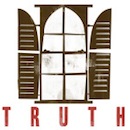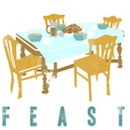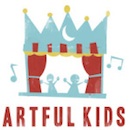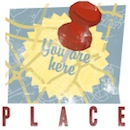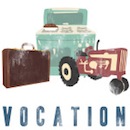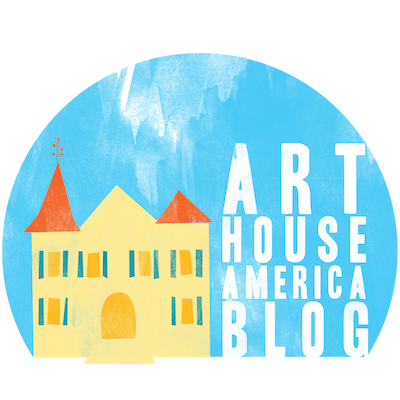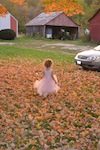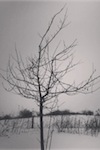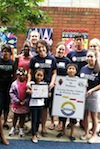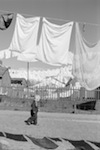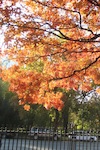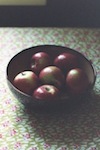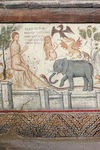 I reach the tracks and look both ways, like the sign says, just in case, though it’s difficult to imagine a train without a decent amount of noise to warn its approach.
I reach the tracks and look both ways, like the sign says, just in case, though it’s difficult to imagine a train without a decent amount of noise to warn its approach.
I take my time crossing the tracks.
I look down the east line and imagine what’s beyond the horizon, imagine myself on the Amtrak, one station away from the New Mexico border. Red lights flash, the bell ding ding dings, and my pace quickens.
